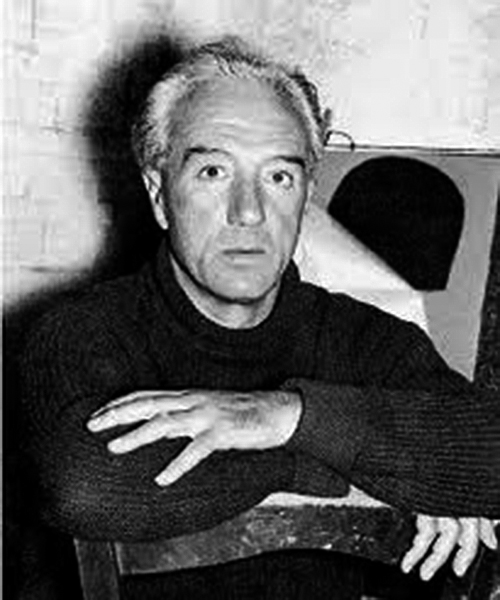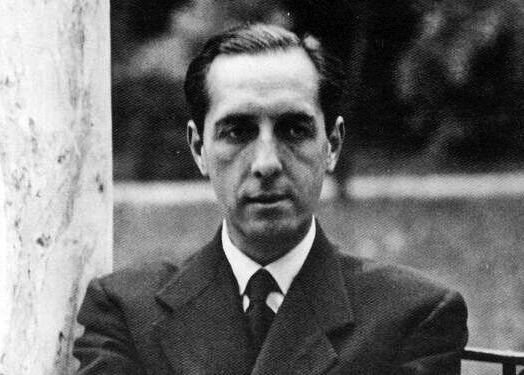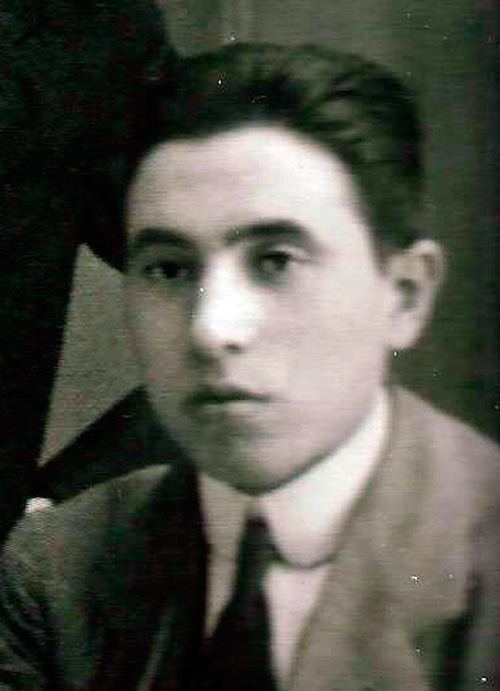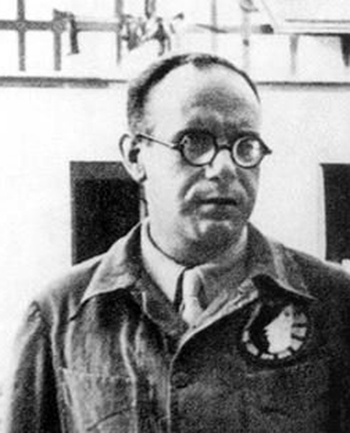Spanish painter, set designer and ceramist of the Generation of ’27. Although born in Jaén, he had lived in Granada from the age of three and he started to form his aesthetic principles in this city. As a friend of Federico García Lorca, he shared with him and other intellectuals of the time the tertulia of El Rinconcillo in the Café Alameda. There he interacted with other young artists such as Ismael González de la Serna, and intellectuals and creators like Melchor Fernández Almagro, Manuel de Falla, José Mora Guarnido, Antonio Gallego Burín, Miguel Pizarro, José and Manuel Fernández-Montesinos, Hermenegildo Lanz and Ángel Barrios. In 1922, he participated, along with Federico and Falla, in the organization of the Flamenco Song Contest (the poster was his), collaborated in the magazine gallo and, along with Hermenegildo Lanz and Hernando Viñes, in Master Peter’s Puppet Show by Manuel de Falla in 1923. He is one of the key figures in the artistic renovation of Spain in the 1920s and in the following decades, during the Civil War and his exile.
In 1922, he participated, along with Federico and Falla, in the organization of the Flamenco Song Contest (the poster was his), collaborated in the magazine ‘gallo’ and collaborated, along with Hermenegildo Lanz and Hernando Viñes, in ‘Master Peter’s Puppet Show’ by Manuel de Falla in 1923.
In Granada he had trained with José María Rodríguez-Acosta and López Mezquita, at the School of Arts and Crafts, and in Madrid at the workshop of Cecilio Plá. He traveled to Paris in the late 1920s and there he continued his training, integrating himself into the artistic life of the city. In France, he was associated with painters such as Picasso and Juan Gris and exhibited in various galleries. He adhered to cubism (although his work is difficult to classify), and later used a surrealist language. He created sets for works by Falla or Satie and collaborated with Buñuel in the filming of The Golden Age. He was soon widowed and returned with his young daughter to Granada.
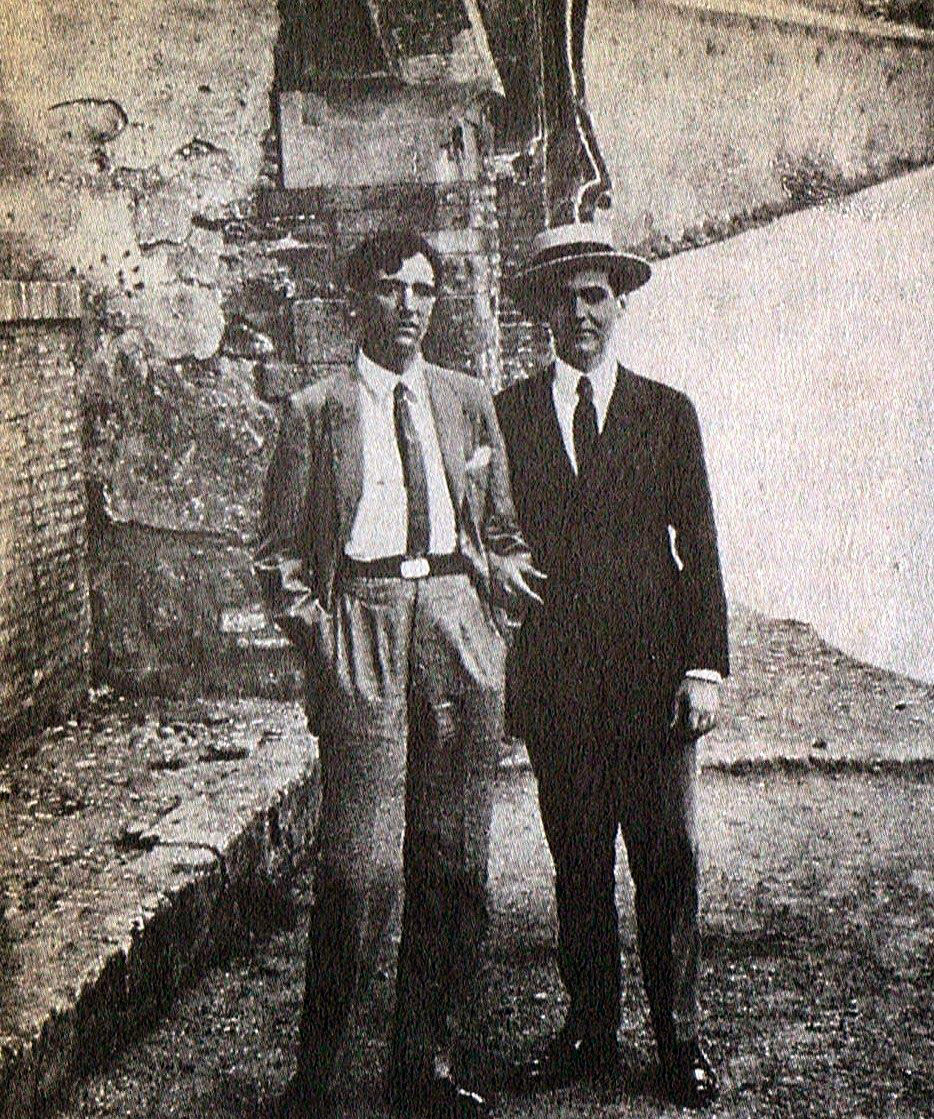
In 1932, he returned to Spain and participated in the Pedagogical Missions promoted by the Second Republic. He collaborated with La Barraca, directed by Lorca. He illustrated numerous books of poems by the authors of the 27th century. During the Civil War, he was linked to the Alliance of Antifascist Intellectuals and represented the Second Republic at the Universal Exhibition in Paris in 1937. In 1939, he was released from a concentration camp in France thanks to Picasso. He went into exile in Paris and Argentina. In the latter country he was asked to do numerous illustrations, especially for Losada. In 1958, he was allowed to visit Spain again. The reunion with Granada will mark his artistic production at that time. In 1981, the City Council of Jaen awarded him the Gold Medal of the City and made him a Favorite Son, and that same year he received the National Prize for Plastic Arts. He died in Paris in 1984.
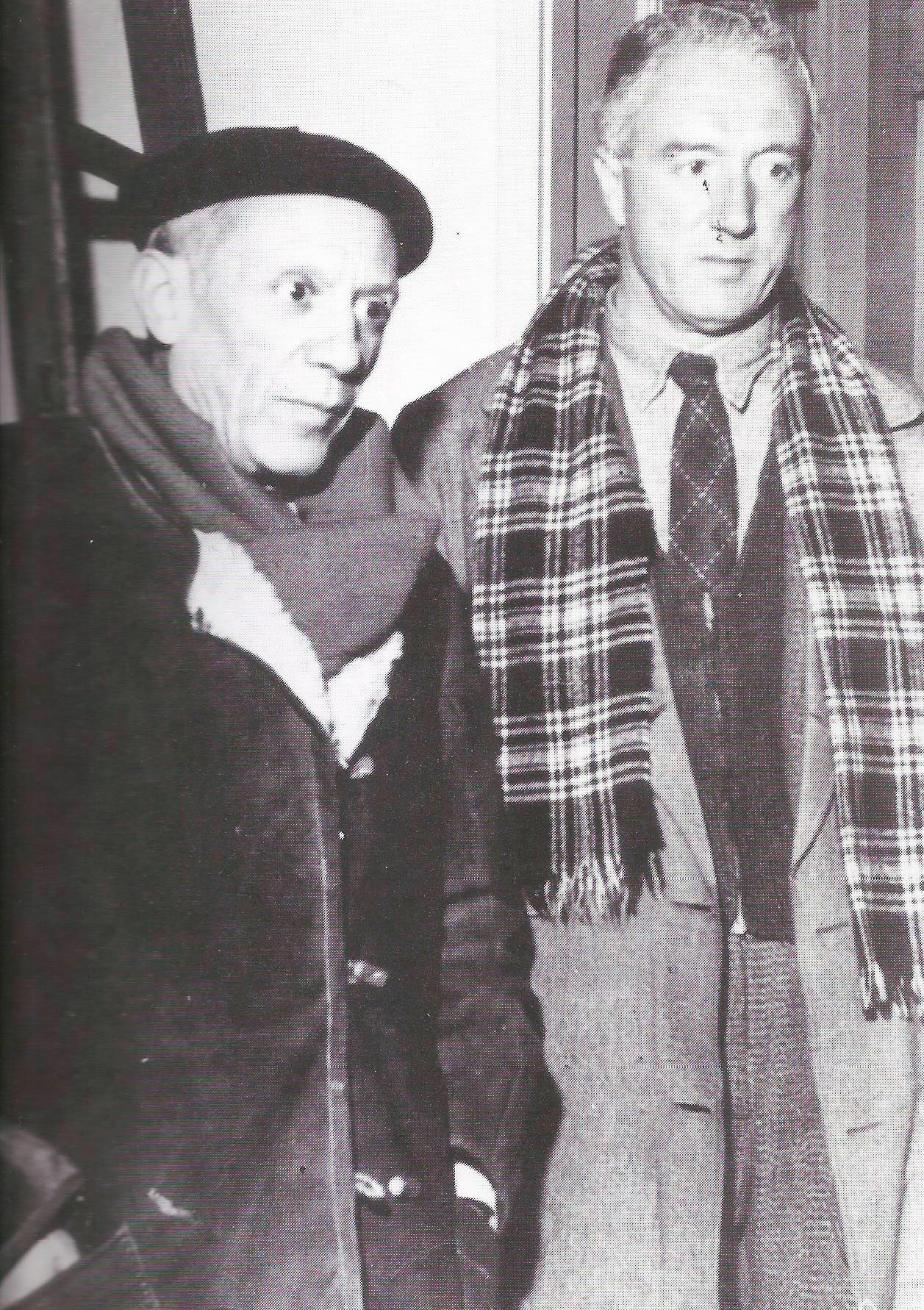
Most of his work is described as cubist. He also cultivated linography, lithography and etching. The city of Granada, the Albaicín and the Alhambra were the main motifs of his paintings related to the city.
